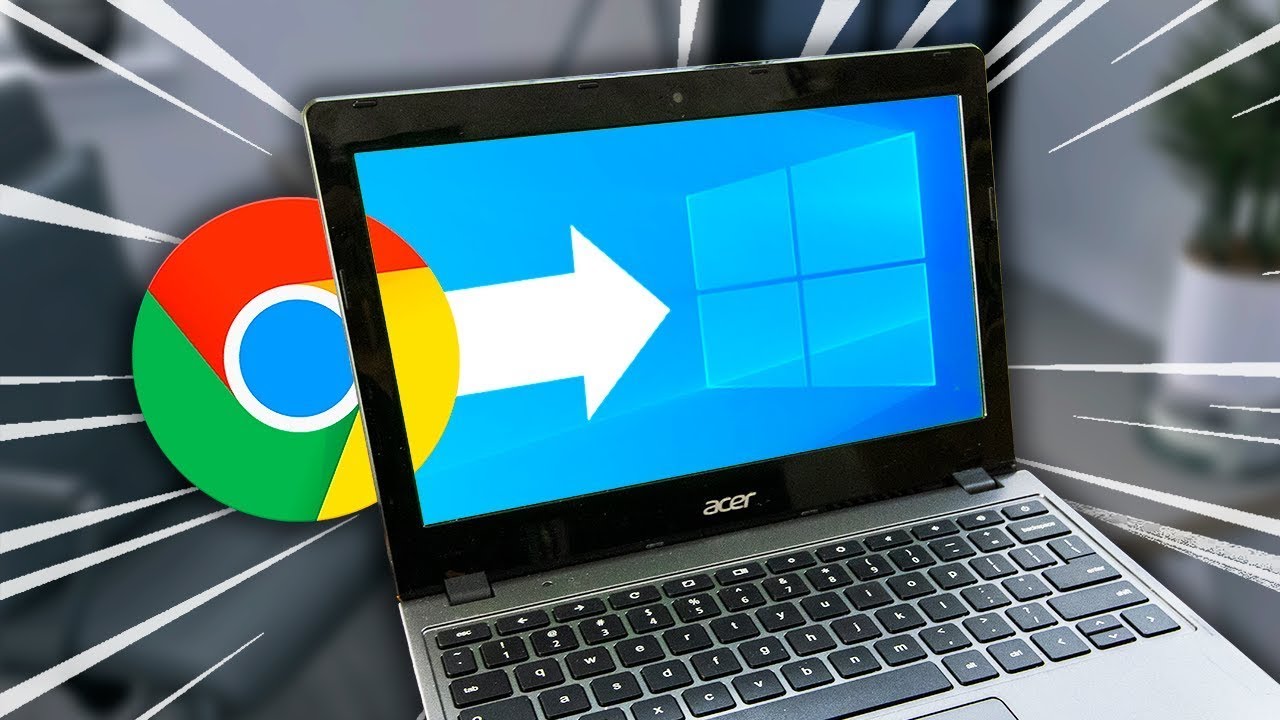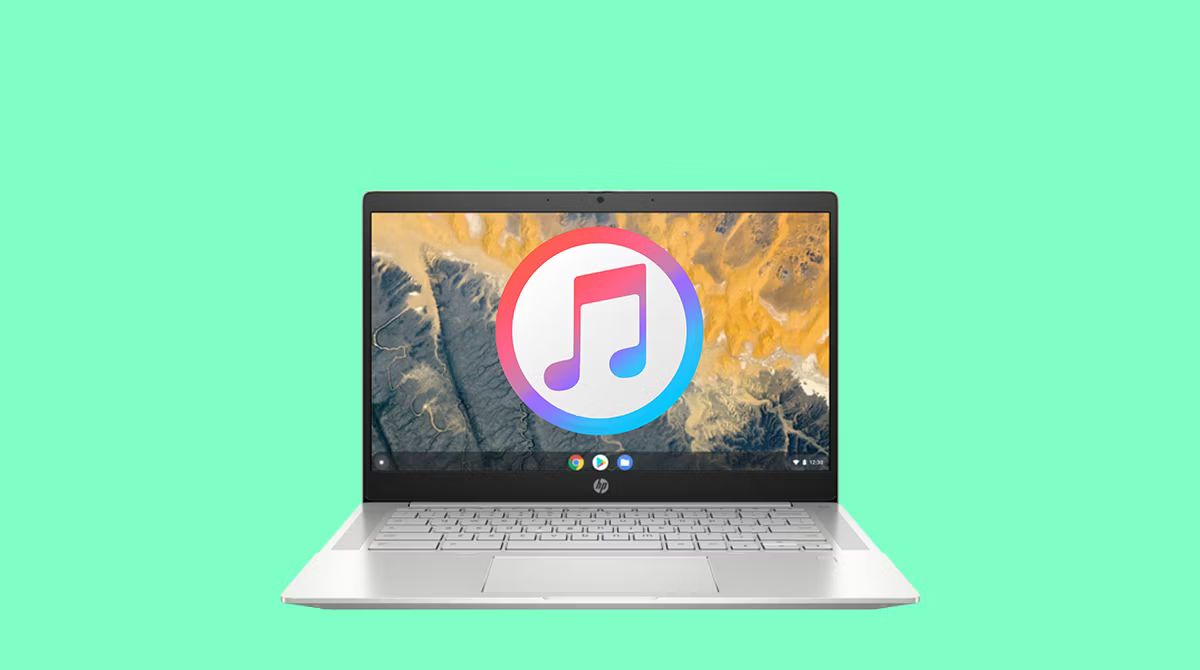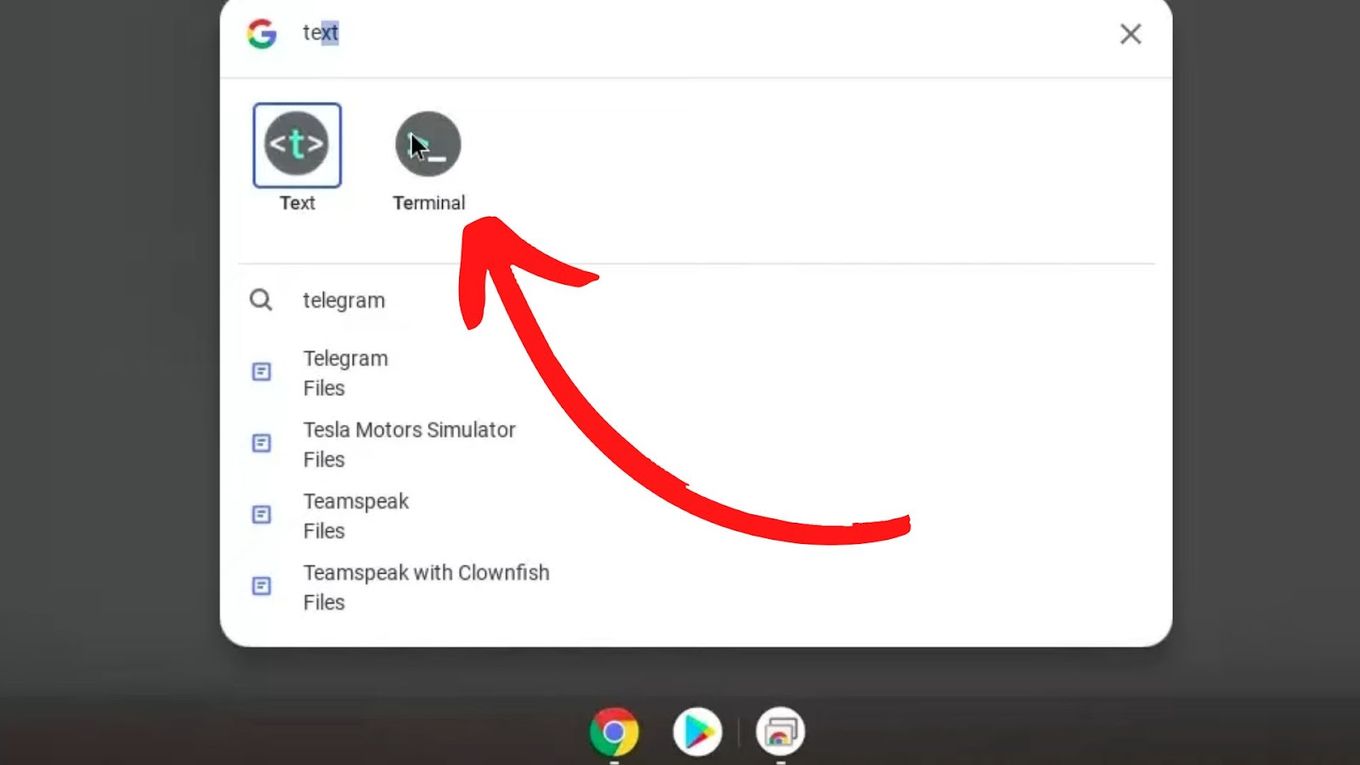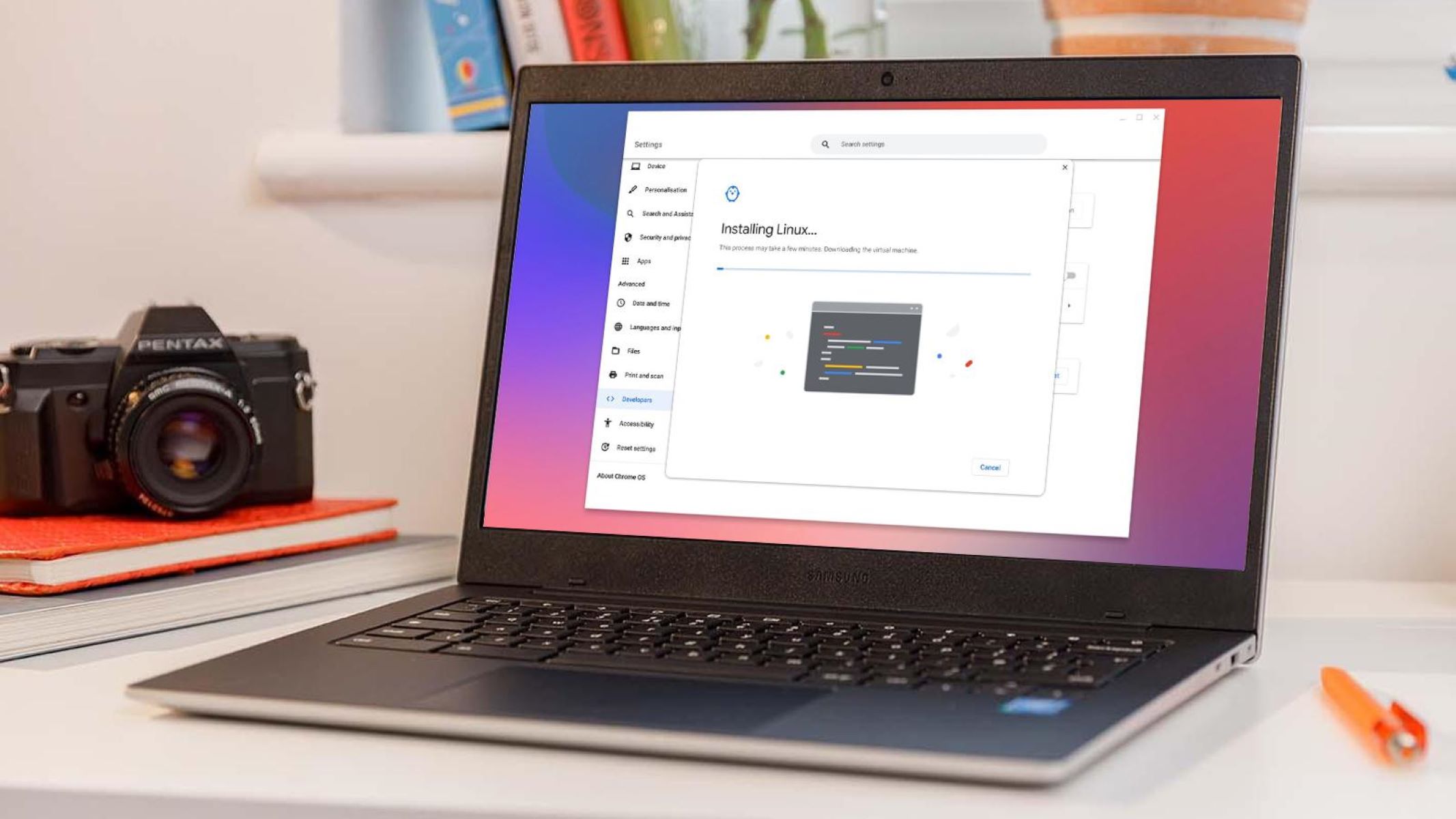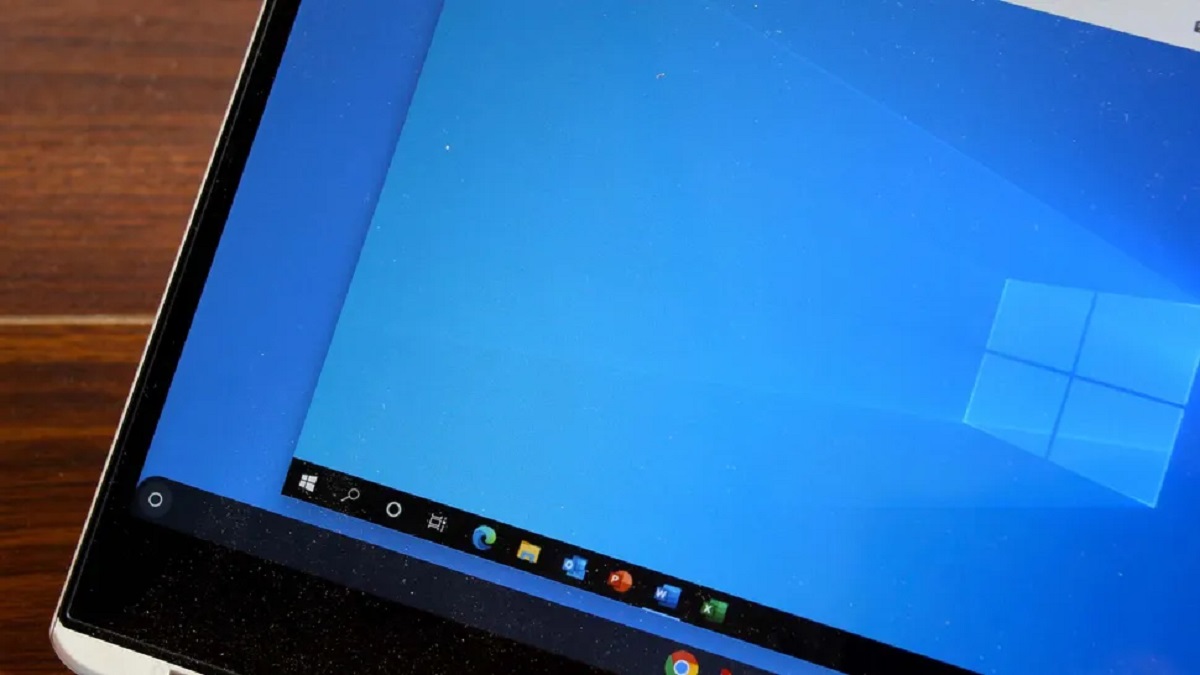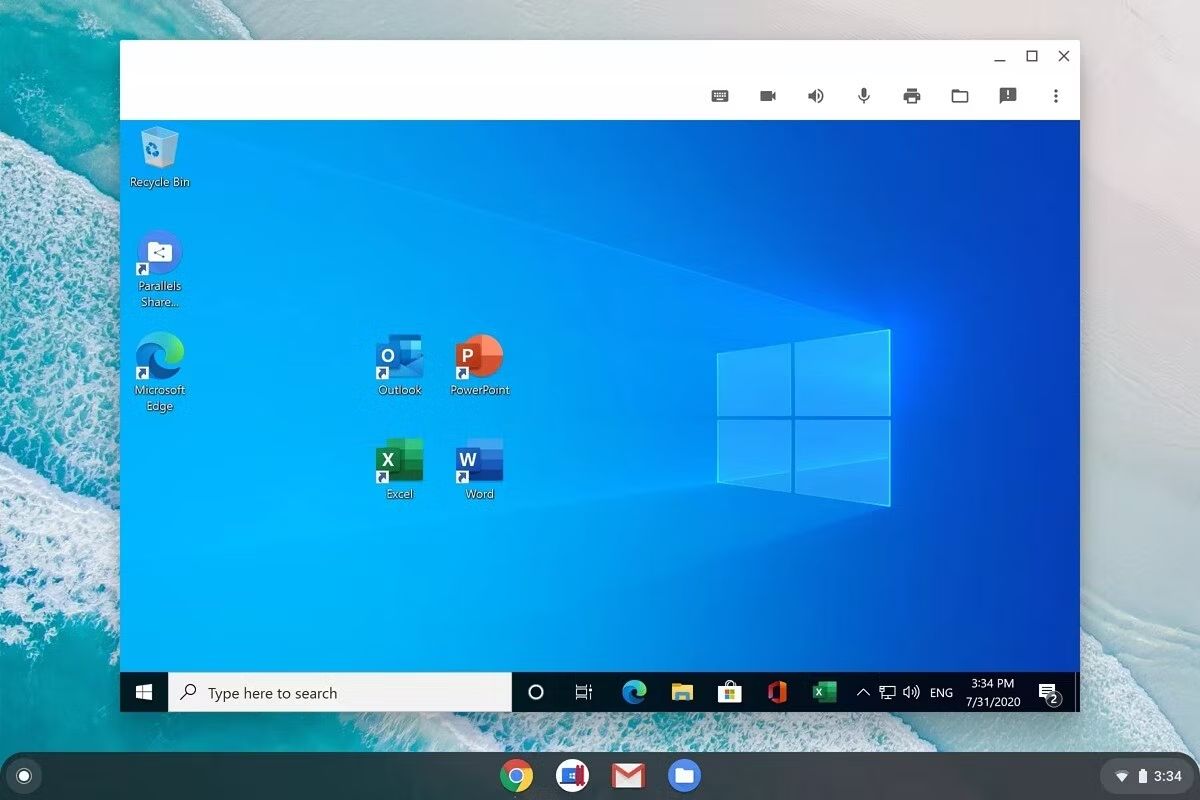Introduction
Chrome OS and Windows are two of the most widely used operating systems, each with its own unique features and capabilities. Chrome OS, developed by Google, is known for its simplicity, security, and speed, making it a popular choice for users who primarily rely on web-based applications and cloud computing. On the other hand, Windows, developed by Microsoft, is renowned for its versatility, extensive software compatibility, and robust functionality, catering to a wide range of user needs, from casual browsing to professional productivity tasks.
While Chrome OS offers a seamless and efficient web browsing experience, some users may find themselves in need of running Windows-specific applications or utilizing the full suite of Windows features. Fortunately, with advancements in technology and the availability of virtualization software, it is now possible to run Windows on Chrome OS, opening up a world of possibilities for users seeking the best of both operating systems.
In this article, we will delve into the intricacies of running Windows on Chrome OS, exploring the methods and tools that enable this integration. Whether you are a Chromebook user looking to access Windows-exclusive software or a Windows enthusiast intrigued by the idea of leveraging Chrome OS's streamlined performance, this guide will provide valuable insights and practical steps to help you achieve a harmonious coexistence of these two distinct operating environments.
As we embark on this journey, it's important to note that the seamless integration of Windows on Chrome OS not only expands the capabilities of your device but also exemplifies the convergence of technology, where barriers between operating systems are transcended, empowering users to harness the best of both worlds. Let's explore the possibilities and unlock the potential of running Windows on Chrome OS, paving the way for a truly versatile and enriched computing experience.
Understanding Chrome OS and Windows
Chrome OS and Windows represent two distinct paradigms in the realm of operating systems, each offering unique attributes and catering to diverse user preferences. Chrome OS, developed by Google, is designed with a focus on simplicity, security, and speed. It is optimized for web-based activities, such as browsing, email, and cloud-based applications, making it an ideal choice for users who prioritize seamless online experiences. The streamlined interface and minimalistic design of Chrome OS contribute to its efficiency, allowing users to navigate effortlessly through web-centric tasks.
On the other hand, Windows, developed by Microsoft, is renowned for its versatility and extensive software compatibility. With a rich ecosystem of applications, robust productivity tools, and a wide array of hardware support, Windows has established itself as a go-to platform for a broad spectrum of computing needs. From gaming and multimedia entertainment to professional productivity and creative endeavors, Windows offers a comprehensive suite of features that cater to diverse user requirements.
Chrome OS operates on the principle of cloud-centric computing, leveraging the power of web-based applications and cloud storage to streamline user experiences. Its security model is built around sandboxing and automatic updates, ensuring a secure computing environment for users. Furthermore, Chrome OS devices are known for their quick boot times and efficient performance, contributing to a hassle-free user experience.
In contrast, Windows provides a more traditional computing environment, offering a wide range of software compatibility and hardware support. With its extensive library of applications, including productivity suites, creative tools, and gaming software, Windows empowers users to explore diverse computing activities without limitations. Additionally, Windows offers a familiar desktop interface, customizable settings, and robust multitasking capabilities, catering to users who require a comprehensive and customizable computing environment.
Understanding the fundamental characteristics of Chrome OS and Windows is essential for users seeking to integrate the strengths of both operating systems. By recognizing the inherent attributes and functionalities of each platform, users can make informed decisions regarding the integration of Windows on Chrome OS, leveraging the strengths of both environments to create a unified and versatile computing experience.
Using Virtualization Software
Utilizing virtualization software is a pivotal step in enabling the seamless integration of Windows on Chrome OS. Virtualization technology allows users to create a virtual environment within their existing operating system, effectively running a guest operating system, such as Windows, alongside the host operating system, which in this case is Chrome OS. This approach enables users to harness the capabilities of Windows applications and features without compromising the native functionality of Chrome OS.
One of the primary virtualization software options for running Windows on Chrome OS is the widely acclaimed VirtualBox, developed by Oracle. VirtualBox offers a robust and user-friendly platform for creating and managing virtual machines, providing a versatile solution for integrating Windows within the Chrome OS environment. With its intuitive interface and comprehensive feature set, VirtualBox empowers users to configure virtual machines with custom hardware settings, allocate system resources, and seamlessly install guest operating systems, including various versions of Windows.
Another popular virtualization software that facilitates the integration of Windows on Chrome OS is VMware Workstation Player. This feature-rich virtualization platform offers a seamless experience for running Windows within the Chrome OS environment, providing advanced functionalities such as snapshot management, virtual networking, and support for a wide range of guest operating systems. VMware Workstation Player's intuitive interface and extensive customization options make it an ideal choice for users seeking a robust virtualization solution to run Windows applications on their Chrome OS devices.
Furthermore, Parallels Desktop for Chromebook Enterprise stands out as a compelling virtualization solution, specifically designed to enable the seamless integration of Windows applications on Chrome OS devices. Leveraging Parallels Desktop's innovative virtualization technology, users can run Windows applications alongside their Chrome OS workflows, benefiting from the interoperability and performance optimization offered by this advanced virtualization platform.
By leveraging virtualization software such as VirtualBox, VMware Workstation Player, or Parallels Desktop for Chromebook Enterprise, users can unlock the potential of running Windows on Chrome OS, expanding the capabilities of their devices and accessing a diverse array of Windows-specific applications and features. The utilization of virtualization software serves as a cornerstone for creating a harmonious coexistence of Chrome OS and Windows, empowering users to seamlessly navigate between the two operating environments and elevate their computing experiences.
In summary, virtualization software plays a pivotal role in enabling the integration of Windows on Chrome OS, offering users a versatile and efficient means to run Windows applications and leverage the full spectrum of Windows features within the Chrome OS environment. With the right virtualization solution in place, users can embark on a transformative journey of harnessing the strengths of both operating systems, creating a unified computing experience that transcends traditional boundaries and opens up new possibilities for productivity and innovation.
Installing Windows on Chrome OS
Installing Windows on Chrome OS involves a series of strategic steps to ensure a seamless integration of the two operating systems. The process begins with the selection of a suitable virtualization software, such as VirtualBox, VMware Workstation Player, or Parallels Desktop for Chromebook Enterprise, which serves as the foundation for running Windows within the Chrome OS environment.
Once the virtualization software is in place, users can proceed to create a virtual machine within the chosen platform, allocating appropriate system resources and configuring the virtual environment to accommodate the installation of Windows. This entails specifying the desired amount of memory, storage, and other hardware settings to optimize the performance of the virtual machine.
With the virtual machine configured, the next crucial step is to acquire a valid Windows installation image, such as an ISO file of the desired Windows version. Users can obtain the Windows ISO file from official sources, ensuring the authenticity and integrity of the installation media. It is essential to select the appropriate Windows edition and version that aligns with the intended use case and software compatibility requirements.
Subsequently, users can initiate the installation process within the virtual machine, leveraging the virtualization software's interface to mount the Windows ISO file and boot the virtual machine from the installation media. This initiates the Windows installation procedure, guiding users through the setup process, including the selection of installation options, partitioning of virtual disks, and configuration of system settings.
As the Windows installation progresses, users are prompted to input relevant information, such as language preferences, user accounts, and network settings, ensuring a personalized and tailored Windows environment within the virtual machine. Upon completion of the installation, users can proceed to configure Windows updates, install essential drivers, and customize the virtualized Windows environment to align with their specific requirements.
By meticulously following the installation process and leveraging the capabilities of the chosen virtualization software, users can successfully install Windows on Chrome OS, creating a cohesive computing environment that seamlessly integrates the strengths of both operating systems. This enables users to access Windows-exclusive applications, utilize specialized software, and explore the full spectrum of Windows features within the familiar Chrome OS ecosystem.
In essence, the installation of Windows on Chrome OS represents a transformative endeavor that empowers users to transcend traditional operating system boundaries, unlocking new possibilities for productivity, creativity, and seamless computing experiences. By embracing the integration of Windows within the Chrome OS environment, users can harness the combined strengths of both platforms, paving the way for a versatile and enriched computing journey.
Running Windows Apps on Chrome OS
Running Windows apps on Chrome OS opens up a realm of possibilities, allowing users to seamlessly access a diverse array of Windows-specific applications and software within the Chrome OS environment. This integration is made possible through the utilization of virtualization software, such as VirtualBox, VMware Workstation Player, or Parallels Desktop for Chromebook Enterprise, which enables users to create a virtualized Windows environment alongside their native Chrome OS setup.
Once the virtualized Windows environment is established, users can leverage the capabilities of the virtualization software to seamlessly run Windows apps within the Chrome OS ecosystem. This entails launching the virtual machine running Windows and accessing the full suite of Windows applications, including productivity tools, creative software, and specialized applications that may not be natively compatible with Chrome OS.
By seamlessly running Windows apps on Chrome OS, users can bridge the gap between the two operating systems, unlocking the potential for enhanced productivity, seamless workflow management, and access to a broader range of software solutions. Whether it's utilizing industry-standard productivity suites, exploring creative software for design and multimedia projects, or accessing specialized applications for professional tasks, the ability to run Windows apps on Chrome OS empowers users to transcend traditional limitations and embrace a unified computing experience.
Furthermore, the seamless integration of Windows apps within the Chrome OS environment enables users to harness the strengths of both operating systems, leveraging the streamlined performance of Chrome OS while accessing the extensive software compatibility and diverse application ecosystem offered by Windows. This convergence of capabilities fosters a versatile computing environment where users can seamlessly navigate between Chrome OS and Windows apps, maximizing their efficiency and productivity without constraints.
In essence, running Windows apps on Chrome OS represents a transformative convergence of technology, where the boundaries between operating systems are transcended, and users can embrace a harmonious coexistence of diverse software ecosystems. This integration not only expands the capabilities of Chrome OS devices but also exemplifies the potential for seamless interoperability, empowering users to access the best of both worlds within a unified computing environment.
Conclusion
In conclusion, the integration of Windows on Chrome OS represents a significant milestone in the realm of computing, offering users the opportunity to harness the strengths of both operating systems and create a unified computing experience that transcends traditional boundaries. By leveraging virtualization software such as VirtualBox, VMware Workstation Player, or Parallels Desktop for Chromebook Enterprise, users can seamlessly run Windows on Chrome OS, unlocking a diverse array of Windows-specific applications, software, and features within the streamlined Chrome OS environment.
The convergence of technology showcased in the seamless integration of Windows on Chrome OS exemplifies the potential for interoperability and versatility, empowering users to navigate between the two operating systems with ease and efficiency. This transformative endeavor opens up new possibilities for productivity, creativity, and seamless computing experiences, enabling users to access a broad spectrum of software solutions while benefiting from the security, speed, and simplicity of Chrome OS.
Furthermore, the successful installation of Windows on Chrome OS, coupled with the ability to run Windows apps within the Chrome OS ecosystem, underscores the harmonious coexistence of these two distinct platforms. Users can seamlessly transition between Chrome OS and Windows applications, maximizing their productivity and accessing specialized software solutions without limitations.
As technology continues to evolve, the integration of Windows on Chrome OS serves as a testament to the adaptability and convergence of operating systems, paving the way for a truly versatile and enriched computing journey. By embracing this integration, users can unlock new dimensions of computing, explore diverse software ecosystems, and elevate their computing experiences to new heights.
In essence, the integration of Windows on Chrome OS embodies the spirit of innovation and collaboration, where the boundaries between operating systems are transcended, and users are empowered to create a computing environment that aligns with their unique needs and preferences. This transformative convergence not only expands the capabilities of Chrome OS devices but also exemplifies the potential for seamless interoperability, empowering users to access the best of both worlds within a unified computing environment.
In conclusion, the integration of Windows on Chrome OS represents a transformative journey that empowers users to transcend traditional operating system boundaries, unlocking new possibilities for productivity, creativity, and seamless computing experiences. By embracing the convergence of Chrome OS and Windows, users can embark on a versatile and enriched computing journey, leveraging the combined strengths of both platforms to create a unified and harmonious computing experience.







